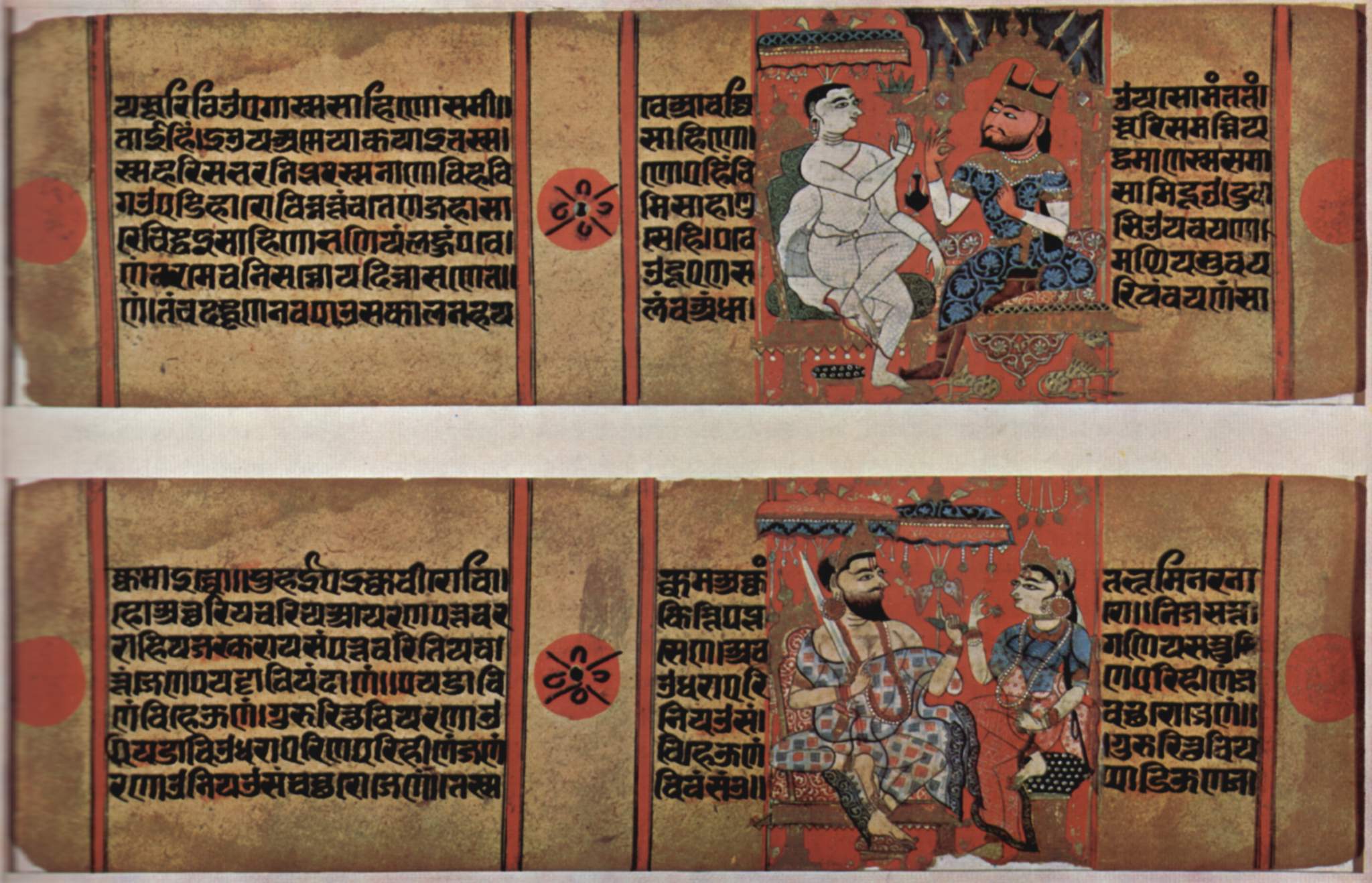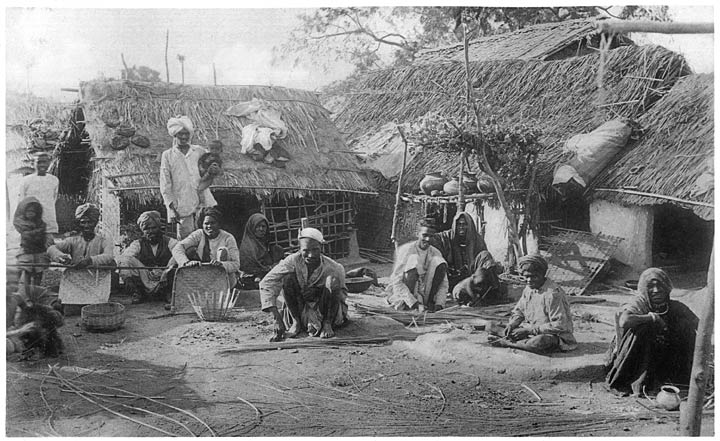|
Satyarth Prakash
''Satyarth Prakash'' ( hi, सत्यार्थ प्रकाश, ' – "The Light of Meaning of the Truth" or ''The Light of Truth'') is an 1875 book written originally in Hindi by Dayanand Saraswati (Swami Dayanand), an influential religious and social reformer and the founder of Arya Samaj. It is considered one of his major scholarly works. The book was subsequently revised by Swami Dayanand Saraswati in 1882 and has now been translated into more than 20 languages including Sanskrit and several foreign languages like English, French, German, Swahili, Arabic and Chinese. The major portion of the book is dedicated to laying down the reformist advocacy of Swami Dayanand with the last four chapters making a case for comparative study of different religious faiths. The book Overview During the Middle Ages of Indian history, many faiths and sects sprang up in religious and social spheres of Hindu society. Their practitioners slowly migrated away from the teachings of the ... [...More Info...] [...Related Items...] OR: [Wikipedia] [Google] [Baidu] |
Yoga Sutras Of Patanjali
The ''Yoga Sutras of Patañjali'' is a collection of Sanskrit sutras (aphorisms) on the theory and practice of yoga – 195 sutras (according to Vyasa, Vyāsa and Krishnamacharya) and 196 sutras (according to others, including BKS Iyengar). The ''Yoga Sutras'' was compiled in the early centuries CE, by the sage Patanjali in India who synthesized and organized knowledge about yoga from much older traditions. The ''Yoga Sutras'' is best known for its reference to ''Ashtanga (eight limbs of yoga), ashtanga'', eight elements of practice culminating in ''samadhi''. The eight elements are ''Yamas, yama'' (abstinences), ''niyama'' (observances), ''asana'' (yoga postures), ''pranayama'' (breath control), ''pratyahara'' (withdrawal of the senses), ''dharana'' (concentration of the Citta, mind), ''Dhyana in Hinduism, dhyana'' (meditation) and ''samadhi'' (absorption). The main aim of practice is ''kaivalya'', discernment of ''purusha'', the witness-consciousness, as distinct from ''pra ... [...More Info...] [...Related Items...] OR: [Wikipedia] [Google] [Baidu] |
Vikram Samvat
Vikram Samvat ( IAST: ''Vikrama Samvat''; abbreviated VS) or Bikram Sambat B.S. and also known as the Vikrami calendar, is a Hindu calendar historically used in the Indian subcontinent. Vikram Samvat is generally 57 years ahead of Gregorian Calendar, except during January to April, when it is ahead by 56 years. Alongside Nepal Sambat, it is one of the two official calendars used in Nepal. In India, it is used in several states. The traditional Vikram Samvat calendar, as used in India, uses lunar months and solar sidereal years. The Nepali Bikram Sambat introduced in 1901 CE, also uses a solar sidereal year. History A number of ancient and medieval inscriptions used the Vikram Samvat. Although it was reportedly named after the legendary king Vikramaditya, the term "Vikrama Samvat" does not appear in the historical record before the 9th century; the same calendar system is found with other names, such as Krita and Malava. In colonial scholarship, the era was believed to be ... [...More Info...] [...Related Items...] OR: [Wikipedia] [Google] [Baidu] |
Varanasi
Varanasi (; ; also Banaras or Benares (; ), and Kashi.) is a city on the Ganges river in northern India that has a central place in the traditions of pilgrimage, death, and mourning in the Hindu world. * * * * The city has a syncretic tradition of Muslim artisanship that underpins its religious tourism. * * * * * Located in the middle-Ganges valley in the southeastern part of the state of Uttar Pradesh, Varanasi lies on the left bank of the river. It is to the southeast of India's capital New Delhi and to the east of the state capital, Lucknow. It lies downstream of Allahabad (officially Prayagraj), where the confluence with the Yamuna river is another major Hindu pilgrimage site. Varanasi is one of the world's oldest continually inhabited cities. Kashi, its ancient name, was associated with a kingdom of the same name of 2,500 years ago. The Lion capital of Ashoka at nearby Sarnath has been interpreted to be a commemoration of the Buddha's first sermon the ... [...More Info...] [...Related Items...] OR: [Wikipedia] [Google] [Baidu] |
Ramapur
Ramapur or Rama Pur as it is known for Indian Postal Service, postal purposes, is a village-gram panchayat in Pawai Block, Phulpur, Azamgarh, Phulpur, Azamgarh district, Azamgarh, Uttar Pradesh, India India Postal Services References {{Azamgarh district Villages in Azamgarh district ...[...More Info...] [...Related Items...] OR: [Wikipedia] [Google] [Baidu] |
Hindi
Hindi (Devanāgarī: or , ), or more precisely Modern Standard Hindi (Devanagari: ), is an Indo-Aryan languages, Indo-Aryan language spoken chiefly in the Hindi Belt region encompassing parts of North India, northern, Central India, central, East India, eastern, and Western India, western India. Hindi has been described as a standard language, standardised and Sanskrit#Influence on other languages, Sanskritised Register (sociolinguistics), register of the Hindustani language, which itself is based primarily on the Old Hindi, Khariboli dialect of Delhi and neighbouring areas of North India. Hindi, written in the Devanagari script, is one of the two official languages of the Government of India, along with Indian English, English. It is an languages with official status in India, official language in nine states and three union territory, union territories and an additional official language in three other states. Hindi is also one of the 22 languages with official status in ... [...More Info...] [...Related Items...] OR: [Wikipedia] [Google] [Baidu] |
Jainism
Jainism ( ), also known as Jain Dharma, is an Indian religion. Jainism traces its spiritual ideas and history through the succession of twenty-four tirthankaras (supreme preachers of ''Dharma''), with the first in the current time cycle being Rishabhadeva, whom the tradition holds to have lived millions of years ago, the twenty-third ''tirthankara'' Parshvanatha, whom historians date to the 9th century BCE, and the twenty-fourth ''tirthankara'' Mahavira, around 600 BCE. Jainism is considered to be an eternal ''dharma'' with the ''tirthankaras'' guiding every time cycle of the cosmology. The three main pillars of Jainism are ''ahiṃsā'' (non-violence), ''anekāntavāda'' (non-absolutism), and ''aparigraha'' (asceticism). Jain monks, after positioning themselves in the sublime state of soul consciousness, take five main vows: ''ahiṃsā'' (non-violence), ''satya'' (truth), ''asteya'' (not stealing), ''brahmacharya'' (chastity), and ''aparigraha'' (non-possessiveness). These pr ... [...More Info...] [...Related Items...] OR: [Wikipedia] [Google] [Baidu] |
Buddha
Siddhartha Gautama, most commonly referred to as the Buddha, was a wandering ascetic and religious teacher who lived in South Asia during the 6th or 5th century BCE and founded Buddhism. According to Buddhist tradition, he was born in Lumbini, in what is now Nepal, to royal parents of the Shakya clan, but renounced his home life to live as a wandering ascetic ( sa, śramaṇa). After leading a life of begging, asceticism, and meditation, he attained enlightenment at Bodh Gaya in what is now India. The Buddha thereafter wandered through the lower Indo-Gangetic Plain, teaching and building a monastic order. He taught a Middle Way between sensual indulgence and severe asceticism, leading to Nirvana, that is, freedom from ignorance, craving, rebirth, and suffering. His teachings are summarized in the Noble Eightfold Path, a training of the mind that includes meditation and instruction in Buddhist ethics such as right effort, mindfulness, and '' jhana''. He die ... [...More Info...] [...Related Items...] OR: [Wikipedia] [Google] [Baidu] |
Charvaka
Charvaka ( sa, चार्वाक; IAST: ''Cārvāka''), also known as ''Lokāyata'', is an ancient school of Indian materialism. Charvaka holds direct perception, empiricism, and conditional inference as proper sources of knowledge, embraces philosophical skepticism and rejects ritualism and supernaturalism. It was a popular belief system in ancient India. Brihaspati a philosopher, is traditionally referred to as the founder of Charvaka or Lokāyata philosophy, although some scholars dispute this. During the Hindu reformation period in the first millennium BCE, when Buddhism was established by Gautama Buddha and Jainism was re-organized by Parshvanatha, the Charvaka philosophy was well documented and opposed by both religions. Much of the primary literature of Charvaka, the Barhaspatya sutras, were lost either due to waning popularity or other unknown reasons. Its teachings have been compiled from historic secondary literature such as those found in the shastras, sutras ... [...More Info...] [...Related Items...] OR: [Wikipedia] [Google] [Baidu] |
Veda
upright=1.2, The Vedas are ancient Sanskrit texts of Hinduism. Above: A page from the '' Atharvaveda''. The Vedas (, , ) are a large body of religious texts originating in ancient India. Composed in Vedic Sanskrit, the texts constitute the oldest layer of Sanskrit literature and the oldest scriptures of Hinduism. There are four Vedas: the Rigveda, the Yajurveda, the Samaveda and the Atharvaveda. Each Veda has four subdivisions – the Samhitas ( mantras and benedictions), the Aranyakas (text on rituals, ceremonies, sacrifices and symbolic-sacrifices), the Brahmanas (commentaries on rituals, ceremonies and sacrifices), and the Upanishads (texts discussing meditation, philosophy and spiritual knowledge).Gavin Flood (1996), ''An Introduction to Hinduism'', Cambridge University Press, , pp. 35–39A Bhattacharya (2006), ''Hindu Dharma: Introduction to Scriptures and Theology'', , pp. 8–14; George M. Williams (2003), Handbook of Hindu Mythology, Oxford University Pr ... [...More Info...] [...Related Items...] OR: [Wikipedia] [Google] [Baidu] |
Brahmacarya
''Brahmacharya'' (; sa, ब्रह्मचर्य ) is a concept within Indian religions that literally means to stay in conduct within one's own Self. In Yoga, Hinduism, Buddhism and Jainism it generally refers to a lifestyle characterized by sexual continence or complete abstinence. In the Hindu, Jain, and Buddhist monastic traditions, ''brahmacharya'' implies, among other things, the mandatory renunciation of sex and marriage. It is considered necessary for a monk's spiritual practice. Western notions of the religious life as practiced in monastic settings mirror these characteristics. Etymology The word ''brahmacharya'' stems from two Sanskrit roots: #''Brahma'' (Devanagari: ब्रह्म) meaning one's own Self, ultimate unchanging reality, absolute consciousness, much discussed in the Upanishads. Brahma is also the Vedic God of creation, no different from the Self or Atman. (''Ayam Ātmā Brahma (अयम् आत्मा ब्रह्म) The Self o ... [...More Info...] [...Related Items...] OR: [Wikipedia] [Google] [Baidu] |
Caste System
Caste is a form of social stratification characterised by endogamy, hereditary transmission of a style of life which often includes an occupation, ritual status in a hierarchy, and customary social interaction and exclusion based on cultural notions of purity and pollution. * Quote: "caste ort., casta=basket ranked groups based on heredity within rigid systems of social stratification, especially those that constitute Hindu India. Some scholars, in fact, deny that true caste systems are found outside India. The caste is a closed group whose members are severely restricted in their choice of occupation and degree of social participation. Marriage outside the caste is prohibited. Social status is determined by the caste of one's birth and may only rarely be transcended." * Quote: "caste, any of the ranked, hereditary, endogamous social groups, often linked with occupation, that together constitute traditional societies in South Asia, particularly among Hindus in India. Although ... [...More Info...] [...Related Items...] OR: [Wikipedia] [Google] [Baidu] |


.jpg)


